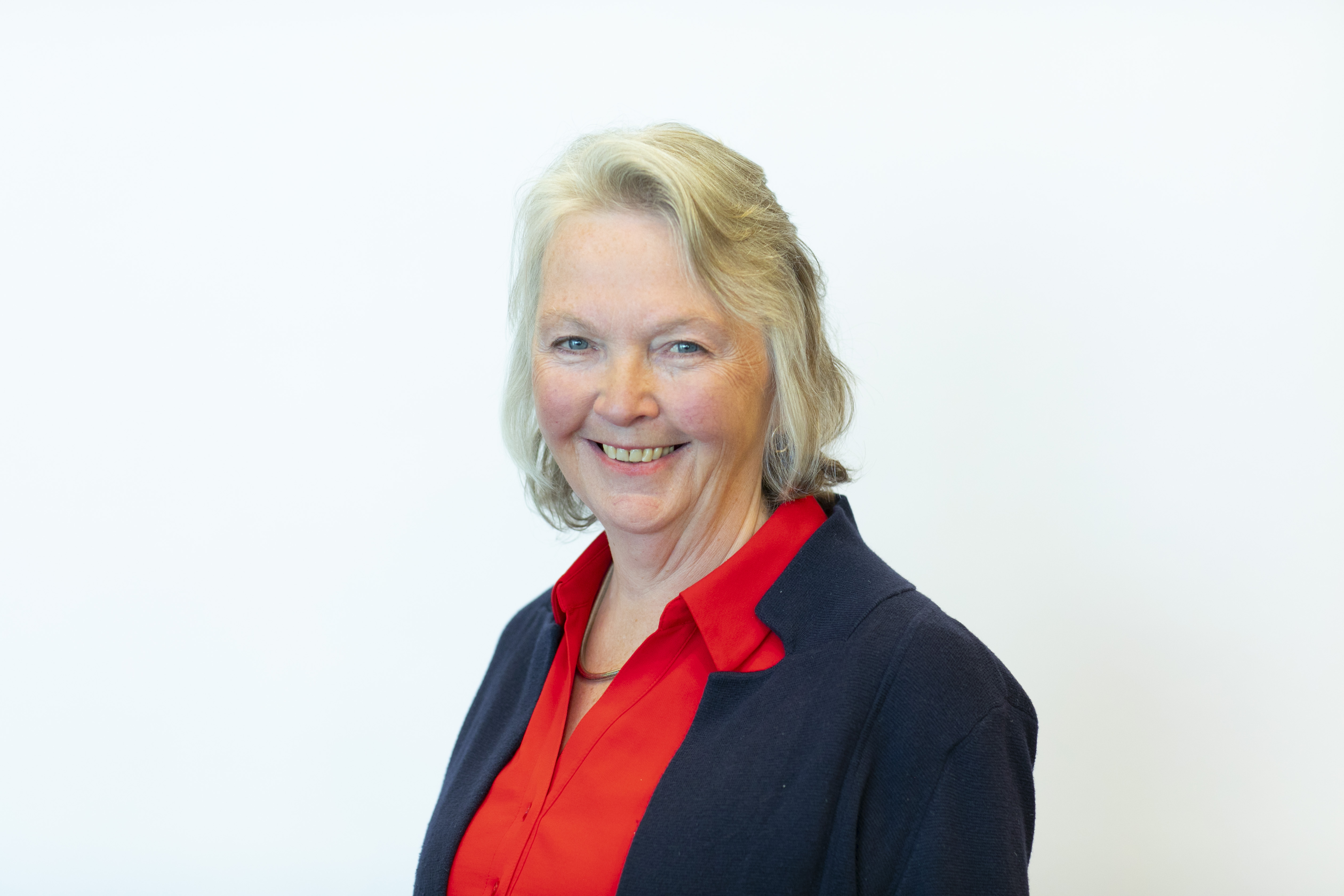Cllr Jane Meagher: How regional collaboration can fix Scotland’s housing crisis

Cllr Jane Meagher
City of Edinburgh Council leader Cllr Jane Meagher believes more affordable homes could be delivered through improved partnership approaches.
Scotland’s housing crisis isn’t just a statistic.
It’s real and it’s happening now.
Homes are too expensive to buy and rent increasingly costs too much. Energy bills continue to rise as well. Councils are struggling to build enough warm homes in the right places for those who need them most. The question isn’t whether we need more affordable homes, but rather how can we build them faster, more cheaply, and in a better way.
A big part of the solution is teamwork from the outset of projects, in which councils and house builders work together effectively.
The South-East Regional Delivery Alliance (SE-RDA) is a group of six councils across South-East Scotland (City of Edinburgh, Scottish Borders, East Lothian, Midlothian, West Lothian and Fife), supported by the Scottish Futures Trust, which brings expertise in delivering infrastructure. Together, they started by testing new housebuilding ideas as part of the Edinburgh Home Demonstrator programme and now share what they’ve learned with others.
The SE-RDA has created a ‘knowledge hub’, which includes a pipeline of projects, a catalogue of house designs as well as performance standards ready for a net-zero future, and lessons learned from successful projects. The goal is to cut out repeated work, speed up project delivery, and make it easier to build affordable homes.
Here’s why that matters: when councils and housing associations work together and plan their housing needs clearly, builders can better prepare. They can invest in smarter processes, build faster, and save money.
The SE-RDA’s first projects are already showing evidence of success. The approach of jointly delivering projects in bundles has saved time during the pre-construction stages and provides the opportunity to reduce costs. Other benefits include homes designed and built to be more energy efficient, meaning lower bills for landlords and tenants alike.
Across Scotland, more projects are doing similar things, sharing resources, using offsite construction, and learning from each other’s data.
But there are still two big problems: consents and land. The effect of new delivery approaches is limited if land costs are too expensive and projects are delayed by regulations in the planning process.
That’s why regional commitment to working together needs to go hand-in-hand with bold government action, making land available faster, giving grants that match real building costs, and recognising that energy-efficient homes save money over time.
The SE-RDA shows what works:
- A clear pipeline of what’s being built to help builders prepare
- Standard home designs that cut waste
- A shared hub so everyone can learn from each project
If Scotland wants to meet its goals for affordable, low-carbon homes, this model needs to be embraced by clients and decision makers alike, especially to help small builders and housing providers.
This isn’t about making everything look the same. It’s about delivering warm homes and creating vibrant places where people want to live, and which allow communities to grow and thrive.
By mixing local knowledge with regional teamwork and a national commitment to efficient and sustainable development, Scotland can turn good ideas into truly affordable homes on the ground and begin to turn the tide in our housing crisis.












